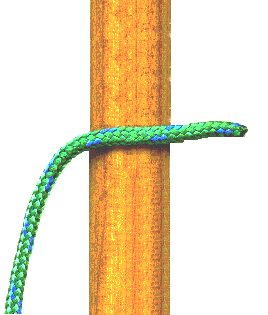Flute Insights


When playing the flute, a few tips can enhance your experience. The
block (bird) atop the flute guides your breath into the track,
reaching the cutting edge that produces sound. Adjusting the bird's
position significantly alters the flute's sound – too far back
yields breathy tones, while too forward creates a thin sound.
Fine-tune by carefully moving it while blowing into the mouthpiece to
find your sweet spot. 'Wetting out,' where moisture causes the flute
to squeak into silence, can occur due to condensed breath blocking
the track. A forceful blow or temporarily removing the bird can fix
this. To prevent it, hold the flute upright to keep the air chamber
dry, especially in humid conditions. Maintain good posture while
playing, breathing into the flute rather than blowing, and focus on
birthing your notes into existence. For more flute wisdom, including
breathing exercises, I recommend exploring the wealth of knowledge at Flutopedia, linked below.

The object attached to the top of the flute is referred to as a block,
bird, or fetish. There are several methods to secure it to the flute.
One effective knot to use is the clove hitch. However, the knot I
typically utilize, depicted on the right, is the rolling hitch. It's
important for the bird to be firmly in place, yet it's unnecessary to
tighten the knot excessively. When tying it, take your time and ensure
the lace remains free of twists. This approach will result in a
well-presented tie that securely holds the bird in its desired position.

